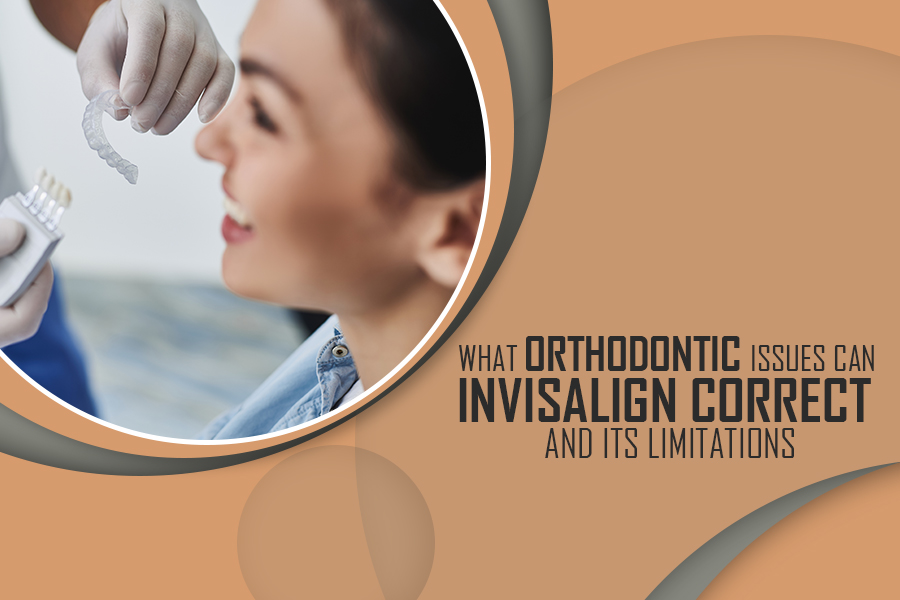 Open 6 days a week
Open 6 days a week
![]() Ground Floor 70 Great Russell Street, Holborn, London WC1B 3BN
Ground Floor 70 Great Russell Street, Holborn, London WC1B 3BN
This month special offer, £299 home teeth whitening instead of £399
 Open 6 days a week
Open 6 days a week
![]() Ground Floor 70 Great Russell Street, Holborn, London WC1B 3BN
Ground Floor 70 Great Russell Street, Holborn, London WC1B 3BN
This month special offer, £299 home teeth whitening instead of £399

Invisalign is an innovative orthodontic treatment. This relatively new orthodontic device has helped millions of persons around the world straighten their teeth. Invisalign is more aesthetic, and this appeals to most people.
However, Invisalign aesthetics should not be the only thing you consider before opting for this treatment. Although Invisalign treatment London is effective, other orthodontic treatments may be more suitable for some orthodontic issues, so you need to get personalised advice from your orthodontist before your orthodontic treatment.
Invisalign can treat the following orthodontic issues in some people, but the effectiveness of Invisalign may depend on the severity of the condition or if you have a combination of different issues.
Invisalign aligners can straighten crooked teeth and give you a better-looking smile.
In an overbite, the upper teeth sit in front of the lower teeth, making it difficult for you to bite and chew some foods. Invisalign can gradually move the teeth, so the upper and lower teeth align properly when you close your mouth.
For an underbite, the bottom teeth sit in front of the upper teeth, causing the teeth to wear down quickly and speech difficulty. Invisalign can correct underbite by moving the lower teeth back to sit slightly behind the front teeth. In severe cases of underbite, a combination of Invisalign and braces may be more suitable.
In a crossbite, some upper teeth sit inside the lower teeth. This makes the teeth chip and wears down, leading to receding gums. Invisalign can fix most cases of crossbite. The aligners can move the incorrectly positioned teeth into alignment.
Having excess space between two or more teeth is a problem as it increases the risk of having food stuck between your gums and teeth, leading to gum disease and pain. Invisalign aligners can move your teeth to close the gaps between them, giving you a more attractive smile. Although Invisalign can fix gaps between the teeth, it has some limitations.
The upper and lower front teeth do not meet in an open bite, but Invisalign can move the lower and upper teeth to make them close correctly.
Having insufficient space in your jaw can cause some teeth to twist and overlap, leading to crowding. The limited space between the teeth makes it easy for food to get stuck between the teeth, leading to the accumulation of plaque and tartar. This will also contribute to gum disease and tooth decay. Invisalign can correct some cases of crowded teeth, depending on the severity of the crowding.
Invisalign does not exert the same amount of pressure as braces, so complex orthodontic issues that need significant teeth movement may need braces to achieve the desired result.
Invisalign aligners may not be as effective as braces for the following orthodontic issues.
Some people have irregularly shaped teeth that may not fit in aligners. For example, round, pegged, tipped, and short teeth may not allow the aligners to have a perfect grip to move the teeth. In these cases, aligners will not move the teeth to the correct positions.
Overcrowding may cause the teeth to rotate. Invisalign cannot move a molar with more than 20 degrees rotation. The degree of rotation resulting from crowding is usually more for incisor, premolars and canines.
If your teeth are tilted over 45 degrees, Invisalign aligners would not have a good grip on them to move the teeth into correct alignment.
Invisalign can close gaps between the teeth, and it can only close space of 6mm for each arch.
Orthodontic devices can lower and raise the teeth in the jawbone to meet the height of other teeth. Braces can move the teeth to the right height, but Invisalign can only carryout a limited movement for the front teeth and, in most cases, no movement for the back teeth.
Some people have front teeth that do not match their midline, the imaginary line on the midline of the face. Invisalign treatment can correct midline issues of less than 2mm to the right or left for each arch, but braces can correct larger midline errors.
Patients who have had previous dental work may be unsuitable for Invisalign treatment. For example, a dental bridge, crowns, or porcelain veneers makes Invisalign treatment impossible because these dental restorations cannot hold attachments.
If you have crooked teeth or bite issues and need or Invisalign treatment, visit London Braces today or contact us on 020 3745 7520 to schedule an appointment with our orthodontist.